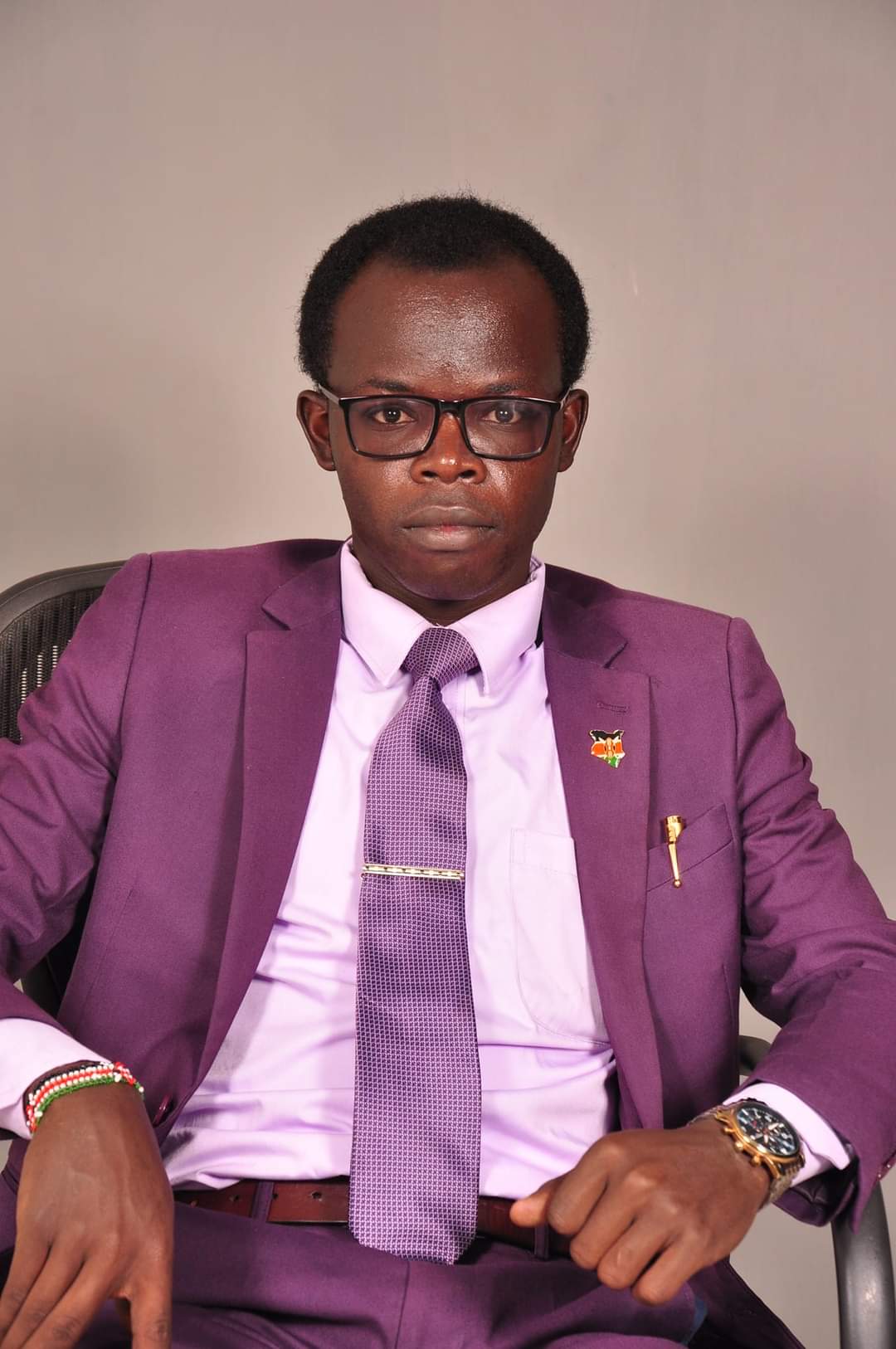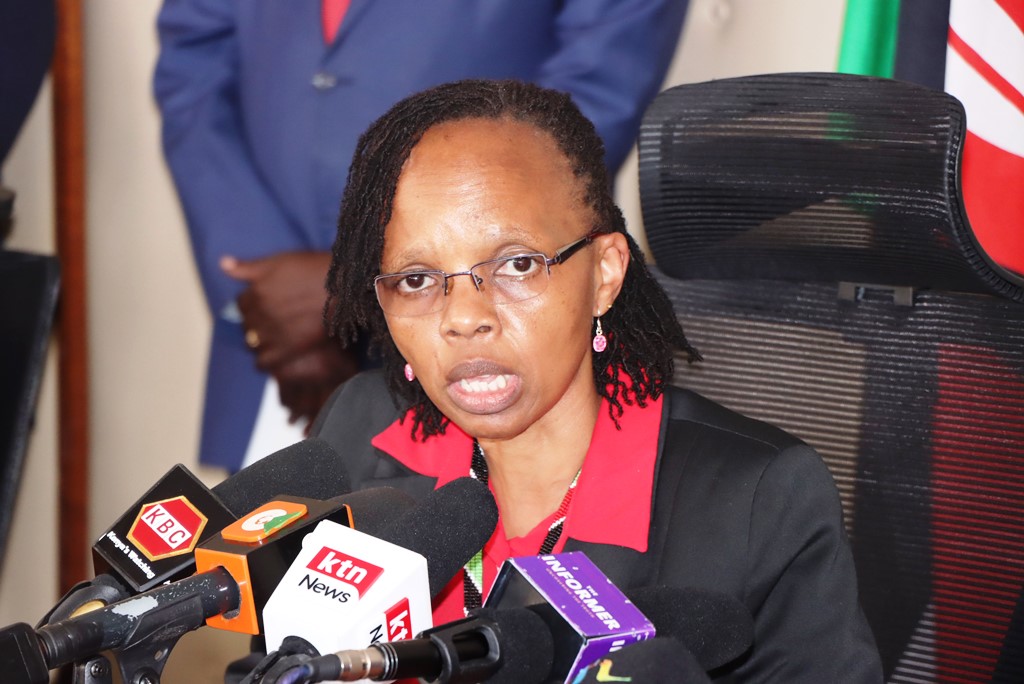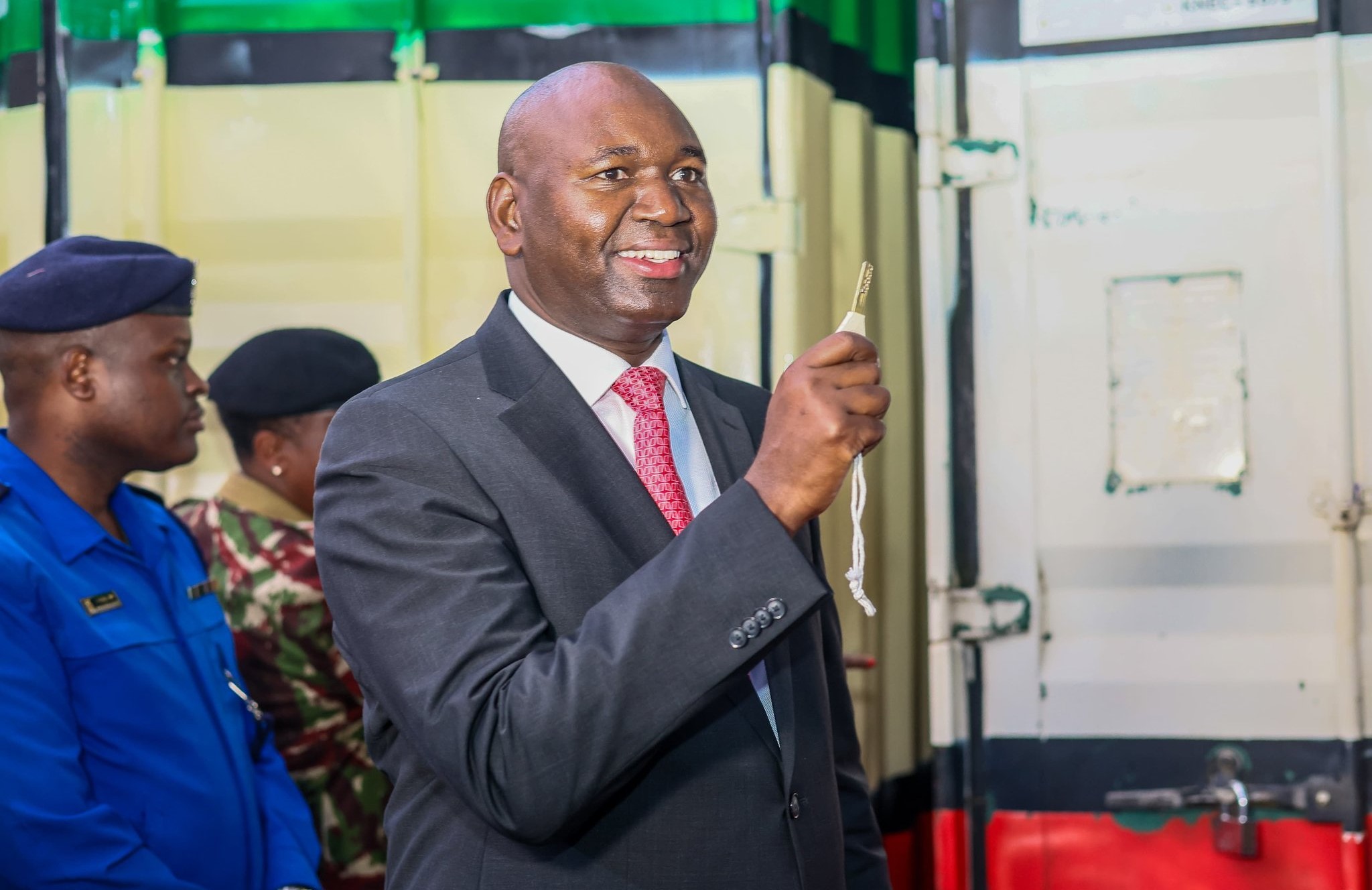In the Competency-Based Curriculum (CBC), Senior School comprises 3 years of education. It is the next level after Junior School, which targets learners in the age bracket of 15-17 years. There are Pathways available in Senior School, which is the gist of this discussion on CBC. They include: Arts and Sports Science, Social Sciences and Science, Technical, Engineering and Mathematics (STEM).
Senior School lays a firm foundation for further education and training at the tertiary level and world of work. Senior School marks the end of Basic Education. As spelt out in the Basic Education Curriculum Framework (BECF 2019), the learner entering this level will have had opportunities at lower secondary to explore their own potential, interests and personality.
Meaning, the learner will be ready to begin the specialization in a career path of choice. Schools will be specialized institutions that will focus on providing opportunities for learners in the fields of their choice.
At Senior School, Community Service Learning (CSL) and Physical Education (PE) are key learning areas irrespective of the Pathways chosen by learners. Each learner will carry out at least 135 hours of community service throughout the 3 years of study in Senior School.
Identified individuals assigned to support the learner undertaking the community service will sign a logbook against the hours served. Ideally, Kenya Institute of Curriculum Development (KICD) will develop the logbook. Every learner will own a logbook. Then, Capstone CSL Project will be part and parcel of the summative assessment.
Provision of Pathways at Senior School anchors on aspirations that all learners can succeed in life. Success comes in different ways, and there are various pathways. Based on this logic, it is imperative for the Senior School structure to facilitate learners to pursue their own interests hence fulfil their potential in line with the curriculum reform mission of nurturing the potential of every learner. As I pointed out right at the onset, there are 3 important pathways at the Senior School.
- Arts and Sports Science Pathway
This Pathway provides opportunities for self-realization and expression as well as individual development and fulfillment. Learners will build on skills they have already acquired at the Junior Secondary School (JSS).
Arts and Sports Science will enable the learner to participate in the economic development of the country through utilization of their own interests and talents. It is how they will contribute to cultural preservation, sustenance and development in arts and sports science. Students churned out from this track can join middle-level colleges or universities to pursue careers in the visual or performing arts and sports. Any learner choosing this Pathway will have to take the following core-learning areas: Communication Skills and Legal and Ethical Issues in Arts.
Arts provide a natural vehicle for self-expression and exploration as well as interpretation of the world around them. Then, study of Arts contributes to the development of motivation and confidence, imagination and innovation. It also contributes to wonderful ways of thinking and knowledge construction.
These skills will enable the learner to garner insights of the world around them ― and to represent their understanding in multiple ways.
The sphere of Performing Arts will include: Music, dance, theatre and elocution. Theatre and elocution is the branch of Performing Arts dealing in acting using a combination of speech, gesture, music, dance, sound and spectacle. Theatre takes such forms as plays, musicals, illusions, mime, pantomime, improvisation theatre, stand-up comedy and public speaking.
The Visual and Applied Arts track refers to two or three dimensional art that appeal to primarily visual and audio sensory perception. In this special sphere, learners will be equipped with knowledge, skills and attitudes, which will aid them to create artworks ― both for aesthetics and functional purposes.
Sport Science will rely on some of the knowledge gained from JSS. It aims at offering learners an opportunity to actualize their talents in specific subjects of their choice. Then, they will pursue a career path depending on their interests, abilities and personality type.
Social Science Pathway
Social Science is a branch of science which studies society and relationships of individuals in society. The Pathway involves the study of society and the manner in which people behave and relate with others and influence the world around them. Humanities track consist of Language and Literature, History and Citizenship, Geography, Christian Religious Education (CRE), Islamic Religious Education (IRE), Hindu Religious Education (HRE), Business Studies, and Mathematics. Learners who opt to take Mathematics in this track will learn the same Mathematics as those taking Pure Sciences.
STEM Pathway
The achievement of Vision 2030 greatly depends on science, technology and innovation. Subjects in this Pathway include Pure Science, Applied Sciences, Technical and Engineering and Career and Technology Studies (CTS). Students who opt for Pure Science will later pursue careers in areas such as Education, Medicine, Pharmacy, Science (BSc), Industrial Science and Actuarial Science at the university or middle level colleges.
Students that opt to study Applied Sciences will join tertiary institutions to study Agricultural Engineering, Computer Engineering, Food Science and Technology, Home Economics, Business and Hospitality. Moreover, Technical and Engineering track will boost Kenya’s dire need for more hands-on technical and engineering workforce to propel the industrial sector.
Then, Career and Technology Studies (CTS) anchors on Kenya’s need for skilled-middle level workforce in specific trades, crafts and careers at various levels. This includes tradesmen, technicians, and high practitioner positions in careers such as Engineering, accountancy, nursing, medicine and architecture.
YOU MAY ALSO READ:
By Victor Ochieng’
vochieng.90@gmail.com. 0704420232
Get more stories from our website: Education News
To write to us or offer feedback, you can reach us at: editor@educationnews.co.ke
You can also follow our social media pages on Twitter: Education News KE and Facebook: Education News Newspaper for timely updates.
>>> Click here to stay up-to-date with trending regional stories






